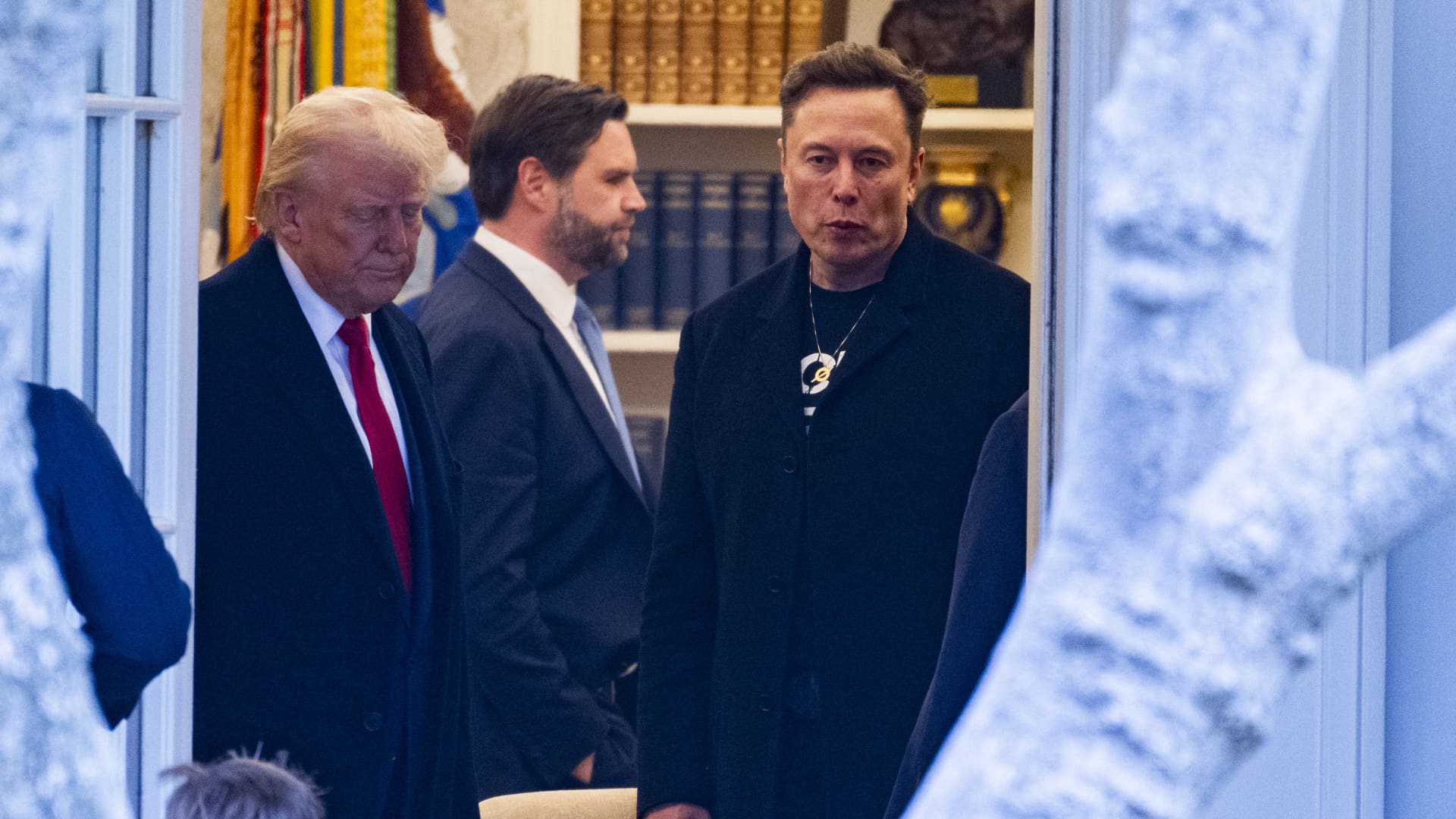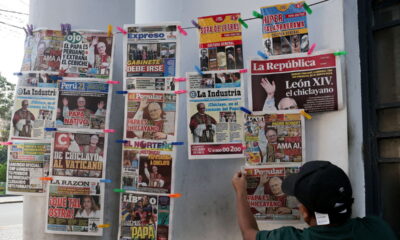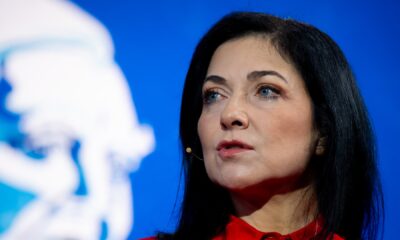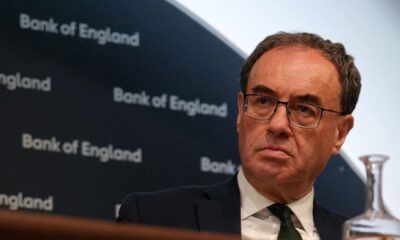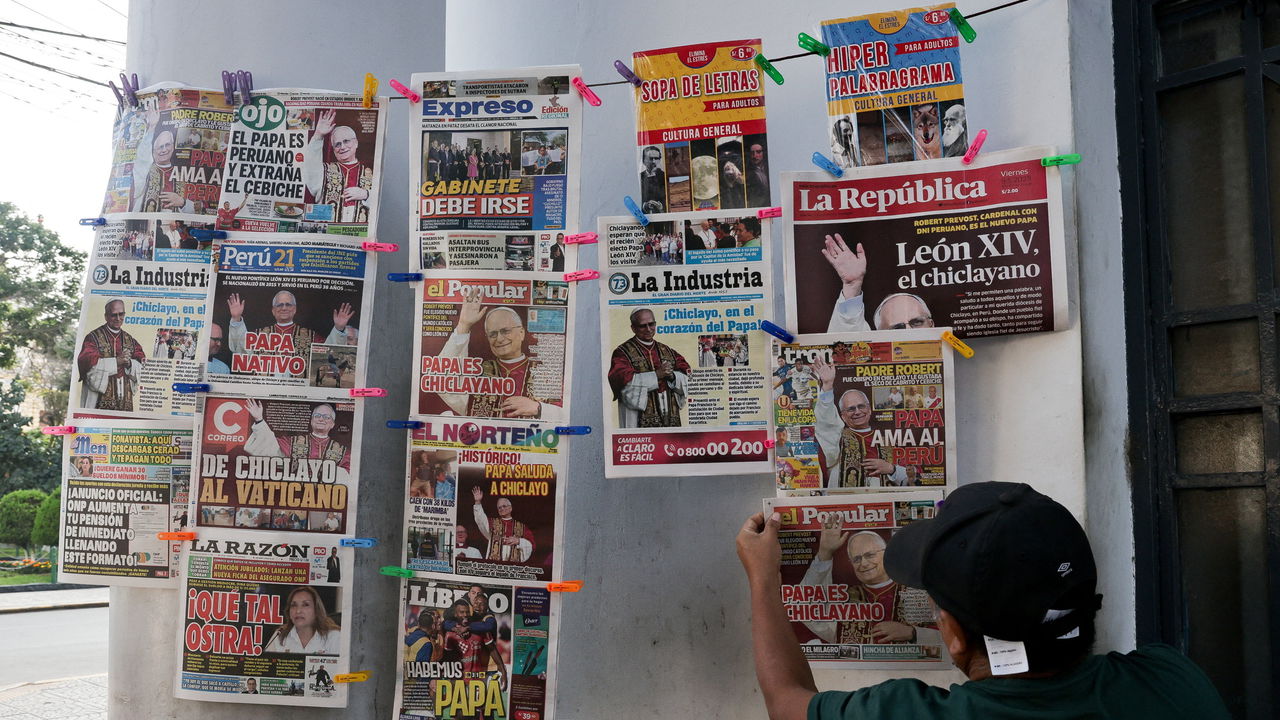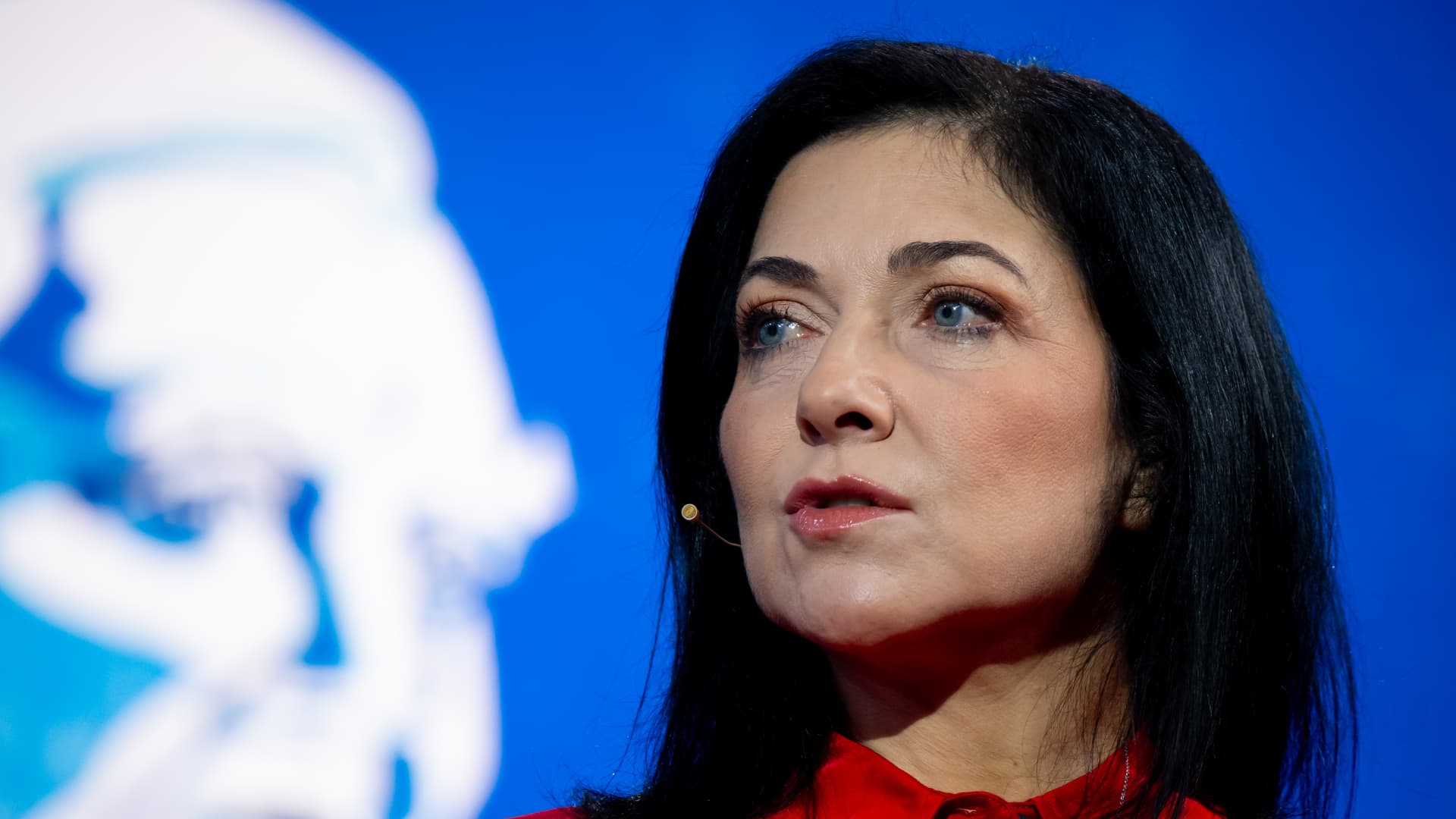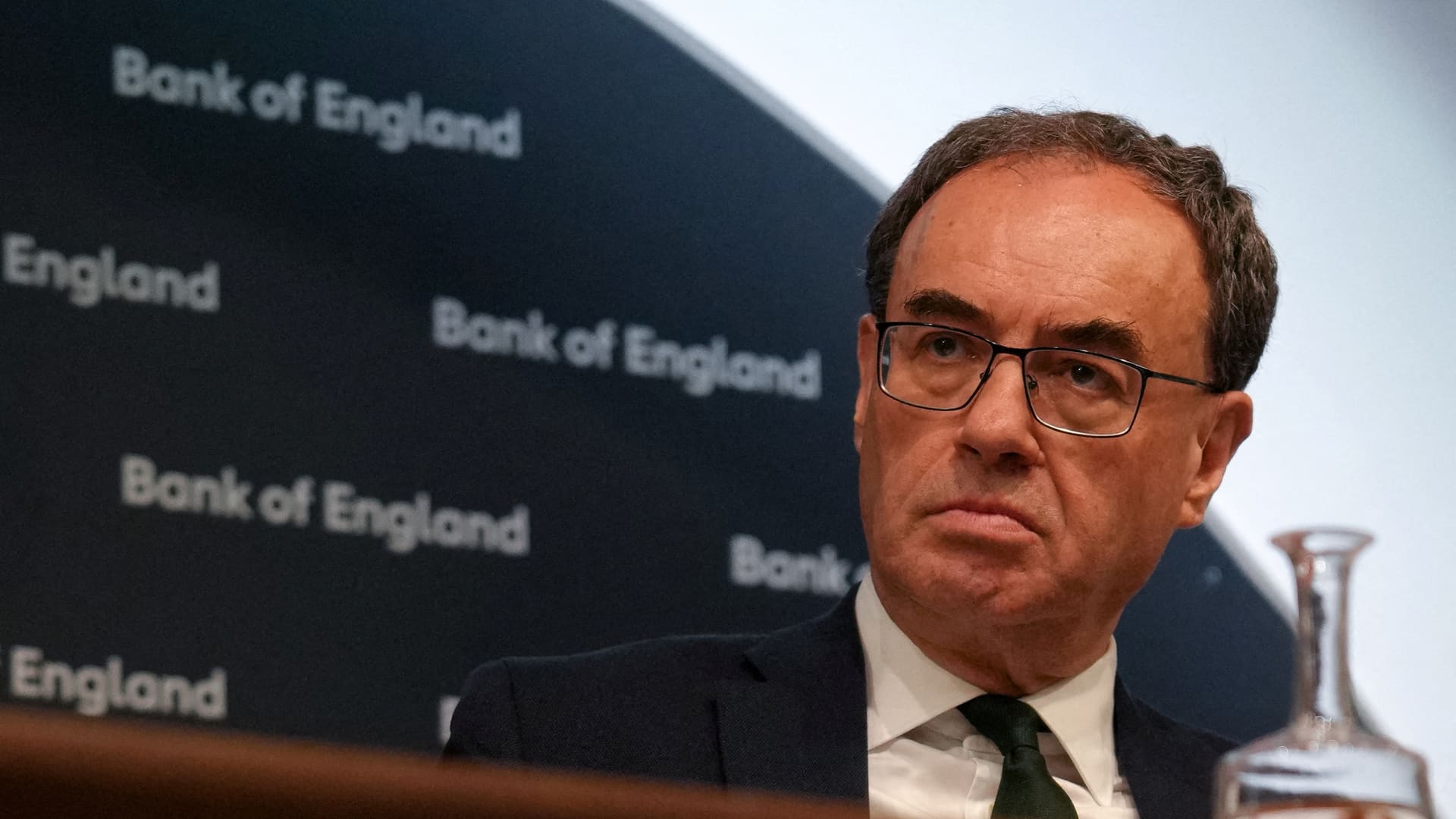U.S. Vice President JD Vance (C) exits the Oval Office in the opposite direction as U.S. President Donald Trump and Elon Musk (R) walk away before departing the White House on March 14, 2025.
Roberto Schmidt | Afp | Getty Images
The UCLA Anderson Forecast, citing substantial changes to the economy from policies of the Trump administration, issued its first-ever “recession watch” on Tuesday.
UCLA Anderson, which has been issuing forecasts since 1952, said the administration’s tariff and immigration policies and plans to reduce the federal workforce could combine to cause the economy to contract.
Its analysis was titled, “Trump Policies, If Fully Enacted, Promise a Recession.”
“While there are no signs of a recession happening yet, it is entirely possible that one could form in the near term,” stated a news release from the forecaster.
U.S. recessions are only officially declared by the Business Cycle Dating Committee of the National Bureau of Economic Research. The committee employs a variety of indicators, including production, employment, income and growth to determine if the economy is contracting. At the moment, none of the specific indicators look to be near levels that would prompt the committee to declare recession.
The average respondent to the CNBC Fed Survey for March, published Tuesday, forecast a 36% recession probability in the next year, up from 23% in the prior month. But it remains well below the 50% level that prevailed from 2022 and 2023 in the wake of the pandemic and turned out to be wrong. That shows how difficult it is to predict a recession, or even determine if the economy is in one. The Fed Survey also shows that a recession is not the base case for most Wall Street forecasters, only that the concern is somewhat elevated.
Recessions occur when multiple sectors of the economy contract at the same time. The UCLA Anderson Forecast said reductions to the workforce from the administration’s immigration policies could create labor shortages, tariffs will raise prices and could lead to a contraction in the manufacturing sector while changes to federal spending will reduce employment for government workers and private contractors.
“If these and their consequent feedback into the demand for goods and services occur simultaneously, they create a recipe for a recession,” the statement from the forecaster said.
‘Stagflationary’
Administration officials, from the President to his top economic lieutenants, have not specifically pushed back against the possibility of recession from their policies. President Trump has said there would be a “period of transition,” while the Commerce Secretary had said a recession will be “worth it” for the gains that will eventually come from the policies.
Recessions are often the result of unexpected shocks to the economy. The surge in optimism following the election of President Trump, followed by the recent sharp drop off in some surveys, suggest that both businesses and consumers were unprepared for the extent and even the nature of some of the policies now being pursued.
On timing, the UCLA Anderson Forecast would only say a recession could develop in the next year or two. Its report said: “Weaknesses are beginning to emerge in households’ spending patterns. And the financial sector, with elevated asset valuations and newly introduced areas of risk, is primed to amplify any downturn. What’s more, the recession could end up being stagflationary.”

 Finance1 week ago
Finance1 week ago
 Personal Finance1 week ago
Personal Finance1 week ago
 Finance1 week ago
Finance1 week ago
 Economics1 week ago
Economics1 week ago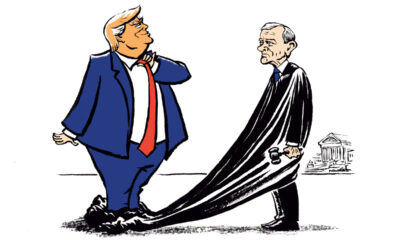
 Economics1 week ago
Economics1 week ago
 Economics1 week ago
Economics1 week ago
 Economics1 week ago
Economics1 week ago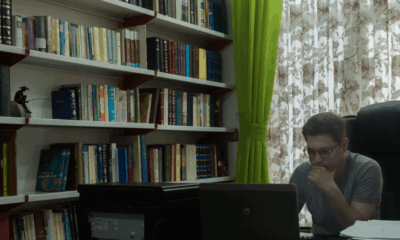
 Accounting1 week ago
Accounting1 week ago
